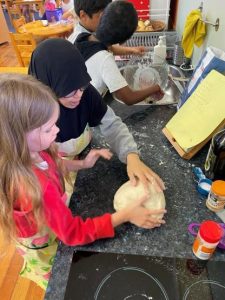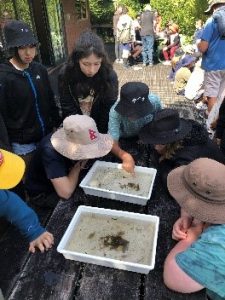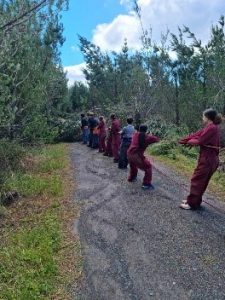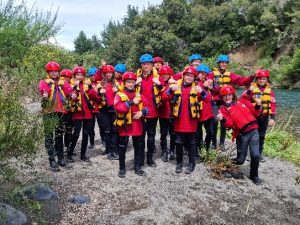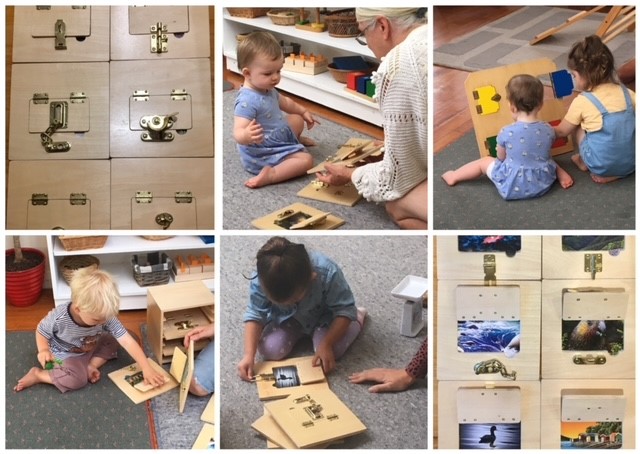By Katy Cottrell – Acting Principal
Tena koutou katoa,
I hope you all have had a restful, well deserved break and taken time to reconnect with whanau and friends.
Over the holidays I was lucky to visit Zealandia and Staglands. It was great to take time out to reflect and think about my natural surroundings. As Maria Montessori stated (1976); “There is no description, no image in any book that is capable of replacing the sight of real trees, and all the life to be found around them, in a real forest. Something emanates from those trees which speaks to the soul, something no book, no museum is capable of giving” This made me think about the importance of nature within our Montessori principles and within our school setting.
Maria Montessori respected nature and believed it should be used to inspire children. She did not believe in confining children to the classroom and that kaiako should be taking children out into nature. Maria Montessori (1982) discussed; “There must be provision for the child to have contact with nature, to understand and appreciate the order, the harmony and the beauty in nature… so that the child may better understand and participate in the marvellous things which civilisation creates”.
It was not just being in nature that Maria Montessori suggested, it was the use of natural materials such as woods, metals, and cotton that children came into contact with within the prepared environment. Synthetics or plastics were not preferred. This in turn influenced child-size real objects to come into play. Furniture needed to be child-sized so that the child did not depend on the adult. Springstone Montessori school (US) stated; “Rakes, hoes, pitchers, tongs, shovels should all fit children’s hands and height so that the work is made easier, thus ensuring proper use and completion of the work without frustration”.
Over the term I hope to make the most of the opportunities of spending time with our akonga outside of the classroom.
This term Ava Szabo will be on her Principal’s sabbatical that she was awarded last year. During her absence the following staff will step up to take on additional responsibilities: I will step up as Acting Principal from my usual role as DP in the High School. Tania Gaffney will take on some additional responsibilities in the Primary School, Anna Mclean will take on additional responsibilities in the Preschool and Hilary Asquith will take on additional responsibilities in Kawakawa.
I would also like to welcome Cameron Burns, who will be joining us as our new PE teacher and Sports Co-ordinator. Craig Bluett will also be joining us as our new art teacher.
I hope you all have a great start to the term.
Mauri tū, mauri ora
